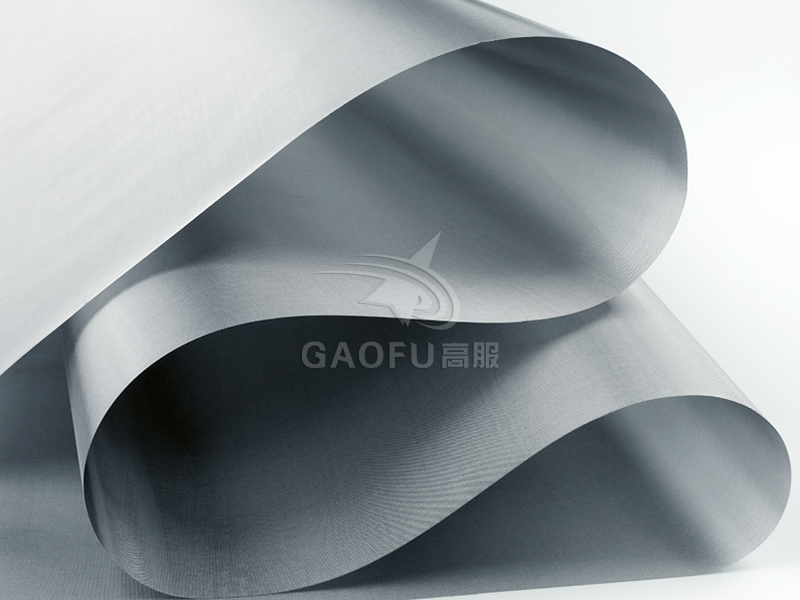The installation of screen mesh plays a crucial role in ensuring its efficient performance and long-lasting durability. Whether the mesh is being used for screening, filtering, or separating materials, the way it is installed directly impacts its overall effectiveness. It is essential to strike the right balance between tension and slack when installing the mesh, as both extremes can lead to significant issues that compromise its functionality and the performance of the entire system. This article highlights the key considerations to keep in mind when installing screen mesh, with a focus on the importance of correct tension for optimal use.

1. Over-tightening: Risks of Increased Pressure and Premature Wear
One of the most common mistakes made during the installation of screen mesh is over-tightening. When the mesh is stretched too tightly, it increases the contact pressure between the mesh and the machine components. This added pressure can cause several problems:
- Increased Wear: Over-tightening leads to a higher degree of friction between the mesh and the machine parts, resulting in accelerated wear and tear. This can diminish the effectiveness of the mesh and the machine over time, requiring more frequent maintenance and replacement.
- Deformation of the Mesh: The excessive tension places significant stress on the screen mesh, which can cause deformation. Over time, the mesh may lose its original shape, reducing its ability to efficiently separate materials or filter substances. In severe cases, this can even cause the mesh to crack or tear, rendering it unusable.
- Potential Damage to Machine Components: The increased pressure caused by over-tightening may also damage other machine parts, such as the bearings or rollers. This can lead to costly repairs and downtime. In some instances, it may even cause permanent damage to critical components, further impacting production efficiency.
- Difficult Maintenance: Machines that have been over-tightened often require more attention and maintenance. The abnormal stress placed on various components can cause issues that are harder to detect and fix, making it difficult to ensure the smooth functioning of the equipment.
2. Over-loosening: Risk of Mesh Detachment and Operational Downtime
On the other hand, if the screen mesh is installed too loosely, it can cause problems that impact the overall functionality of the system:
- Mesh Falling Off: A mesh that is not tensioned enough is more prone to slipping off or falling out of place during operation. This can disrupt the entire production process, leading to downtime and halting work until the issue is corrected.
- Compromised Product Quality: When the mesh becomes loose, it can no longer effectively separate or filter materials. This can result in lower product quality and cause unwanted particles or impurities to pass through the mesh. In industries such as food processing, pharmaceuticals, or chemicals, this can compromise product safety and quality, leading to serious consequences.
- Machine Stoppages: A loose screen mesh can cause frequent machine stoppages, which not only hampers the speed of production but also reduces overall processing efficiency. The need to constantly adjust the mesh or replace it due to loosening can lead to significant delays and increased operating costs.
- Increased Downtime: When the mesh becomes loose or detaches, the system is halted, and technicians must spend time fixing the issue. This unplanned downtime can impact the productivity of the operation and increase maintenance costs.
3. The Right Balance: Ensuring Proper Mesh Tension for Optimal Performance
To achieve the best possible performance from screen mesh, it is essential to find the ideal balance between too tight and too loose. A mesh that is neither too tight nor too loose will perform optimally, offering several benefits:
- Efficient Separation and Filtration: With the proper tension, the mesh can perform its job effectively, whether it's screening, filtering, or separating materials. The correct tension allows the mesh to retain its shape and integrity, ensuring that only the desired materials pass through and impurities are effectively retained.
- Prevention of Damage: Proper tension helps prevent the mesh from deforming, tearing, or slipping out of place. This reduces the need for repairs or replacements and ensures that the machine continues to function without interruption.
- Reduced Maintenance: When the mesh is installed correctly, there is less risk of damage or wear. As a result, the need for ongoing maintenance is minimized, and the mesh will serve for a longer period, ultimately lowering operational costs.
- Enhanced Machine Efficiency: Correct installation allows the entire system to run smoothly, improving processing speed, output quality, and overall machine efficiency. A machine operating with properly tensioned mesh will work at its optimal capacity, reducing downtime and increasing productivity.
